Cette tragédie se déroule en trois actes.
1- Le prologue correspond à l’essor du protestantisme, qui débute dès la pénétration des idées de Luther en France à partir des années 1520. Cet essor est rapidement combattu, l’année 1523 voit le premier protestant périr sur le bûcher. D’un côté, la minorité protestante se développe rapidement et fait reconnaître son identité et son influence. De l’autre, la majorité catholique veut rester fidèle à la foi traditionnelle, réaffirmée par la Contre-Réforme. Entre les deux, un pouvoir royal affaibli louvoie pour maintenir l’État hors du chaos.
2- La pièce elle-même se déroule en 8 tableaux : les huit guerres de Religion vont du massacre de Wassy en mars 1562 à l’édit de Nantes en avril 1598. Pendant ces trente-six années, parmi les plus dramatiques du royaume de France, paix et guerres de durée éphémère se succèdent. Les périodes de combat sont interrompues par la signature de « paix de religion », qui doivent être confirmées par des « édits de pacification ». Pendant ces années tragiques, la guerre s’est déroulée sur tout le royaume, mélangeant fanatisme, aspirations au martyre, vendetta, brigandages, aventuriers et mercenaires : une violence extrême culmine avec les massacres de la Saint-Barthélemy.
3- L’épilogue est l’édit de Nantes de 1598. Henri IV est à la tête d’un royaume entier libéré des guerres civiles, mais à reconstruire. L’édit protège les protestants, mais marque le commencement du déclin du protestantisme français.
4- D’autres éléments sont nécessaires pour comprendre la mise en scène de ce théâtre d’horreurs et font intervenir de nombreux facteurs : les acteurs allant des rois au menu peuple, l’émergence de contre-pouvoirs comme la Ligue et l’état huguenot mettant en cause la notion même du pouvoir royal, dans un décor dominé par la violence, la guerre étrangère s’ajoutant à la guerre civile.
5- De fortes personnalités illustrent cette époque. Toutes les familles sont représentées et vous pourrez trouver les portraits des principaux acteurs de ces guerres de religion.
Les huit guerres de religion en 6 minutes en vidéo :
-
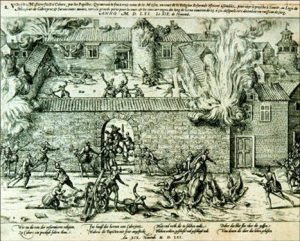
The eight wars of religion (1562-1598)
-

The rise of Protestantism (1520-1562)
-
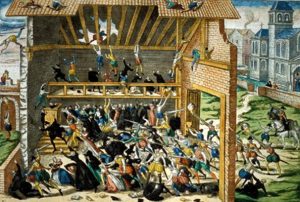
First war of Religion (1562-1563)
-

The second war of religion (1567-1568)
-
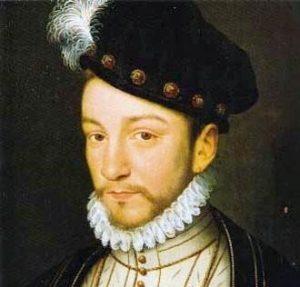
Third war of religion (1568-1570)
-
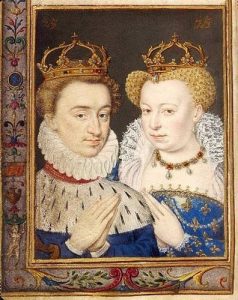
Fourth war of Religion and Saint Bartholomew (1572-1573)
-
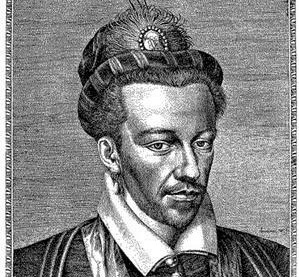
Fifth war of Religion (1574-1576)
-

Sixth war of Religion (March 1577-September 1577)
-
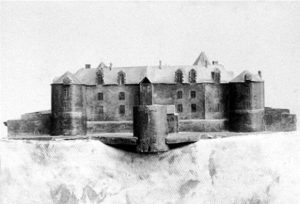
Seventh war of Religion (1579-1580)
-
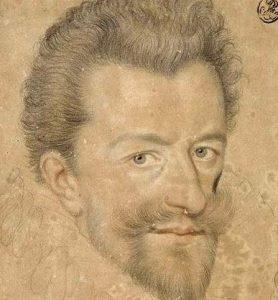
Eighth war of Religion (1585-1598)
-
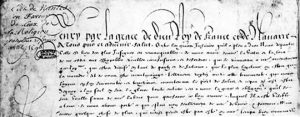
The Edict of Nantes
-
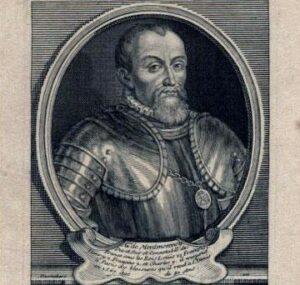
The Montmorency
-
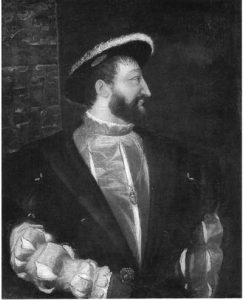
The Valois
-
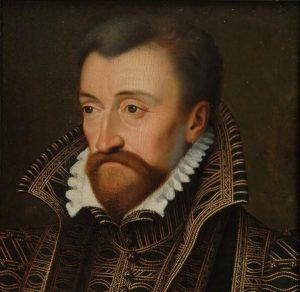
The Bourbons
-

The Guises
-
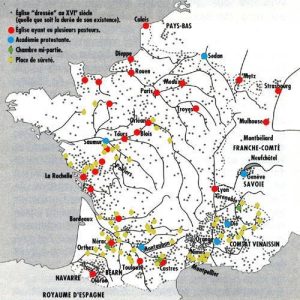
The Protestant population
-
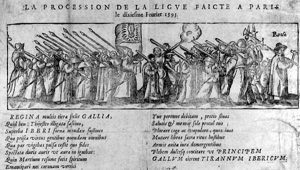
The League
-
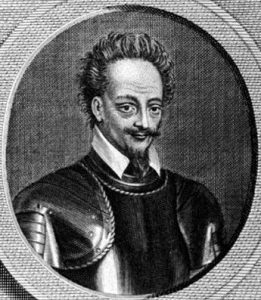
The Huguenot State
-

Royal power
-
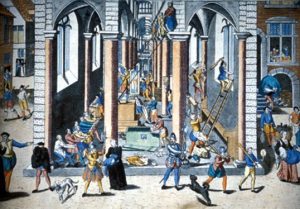
Violence
-
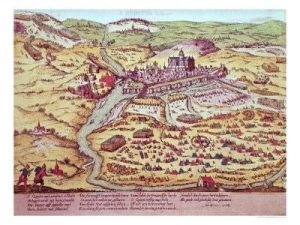
The foreign war

